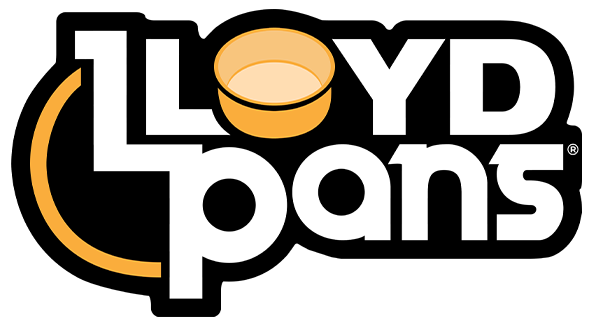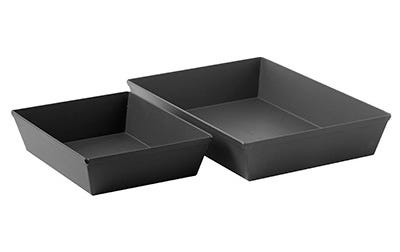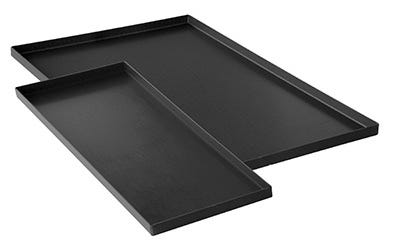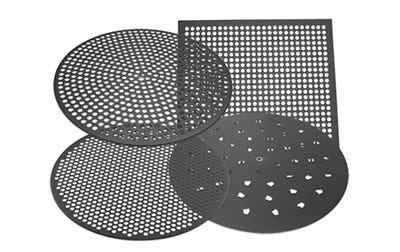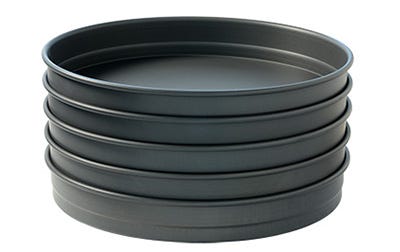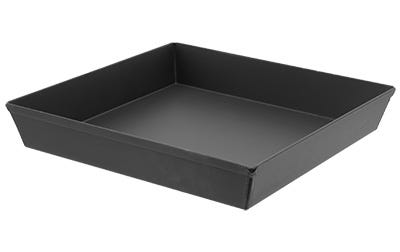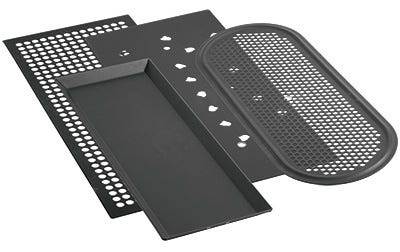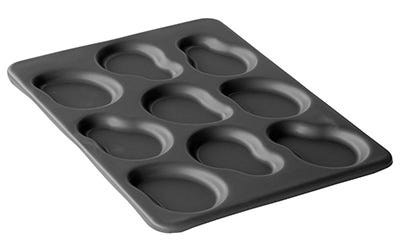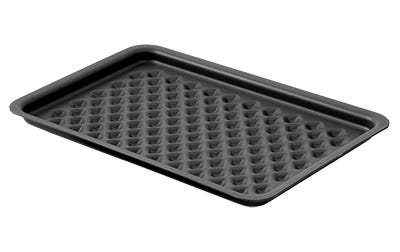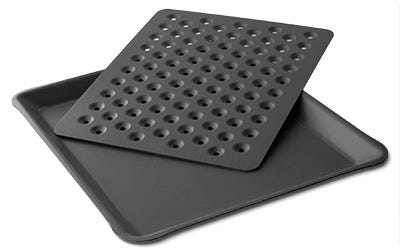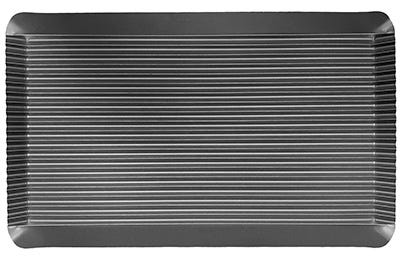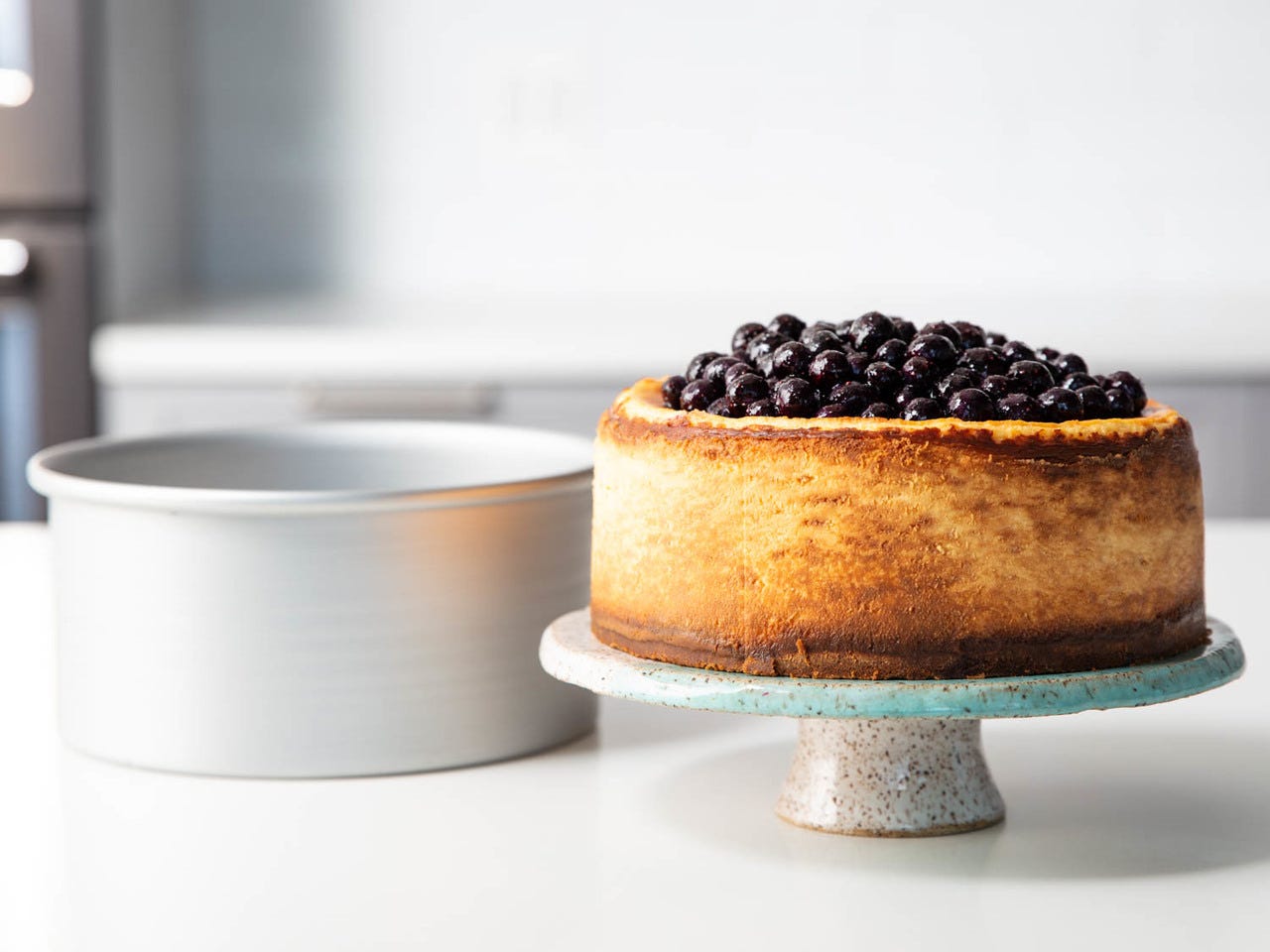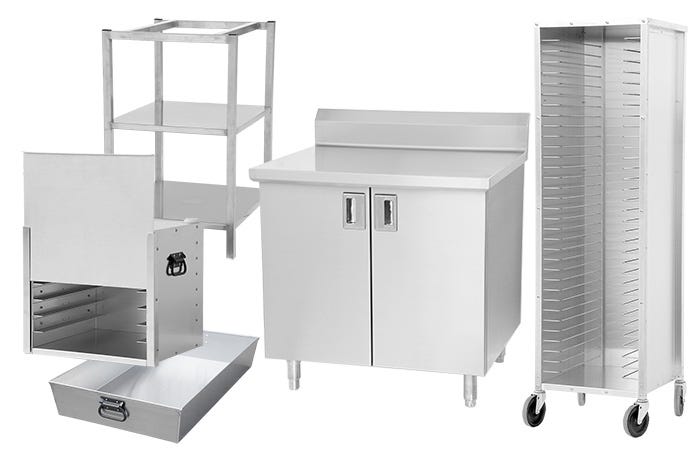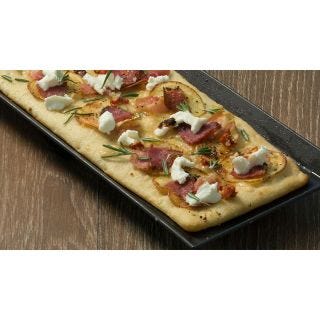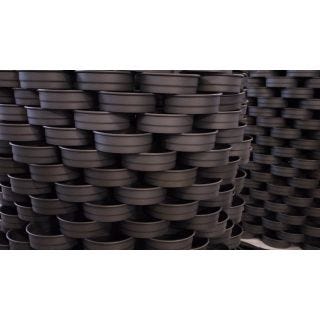Flatbreads are big business nowadays, appearing on menus from quick service restaurants to fine dining. We’re not surprised. We’re big fans of any bread-based product topped with ingredients. However, sometimes we order a flatbread and what comes is what we would call a pizza. Or vice versa.
They both taste great, and we’re not complaining, but it got us thinking what’s the difference, if any, between a flatbread and a pizza? We started our quest by turning to the dictionary and then Google.
According to Merriam Webster:
Definition of pizza
a dish made typically of flattened bread dough spread with a savory mixture usually including tomatoes and cheese and often other toppings and baked — called also pizza pie.
Definition of flatbread
a bread (such as focaccia or naan) that has a wide surface and little thickness.
Hmmmm. That doesn’t really give us an answer does it? So, we turned to Google and found out that quite a few people are wondering the same question that we are. What’s the difference between a flatbread and a pizza? And, although there exists no general, firm consensus, we saw some patterns that we’ll detail here.
The Crust
The key element of both a flatbread and pizza, and also the one area we saw the biggest disagreements about. Both rely on the fundamental building blocks of a good dough: flour, water and salt. But what about yeast? For many people, a flatbread is made with unleavened dough and a pizza has yeast and is a leavened dough.
But what about pita bread? This is clearly called a flatbread, but also uses yeast.
So, yeast is not the determining factor. What about texture of the crust? Again, there are not defined parameters, but we think this attribute gives us a good indication on whether something is a pizza of flatbread.
In general, pizza crusts have a chew to them. Even the thinnest, most cracker-like crust of a St. Louis-style pizza still has a chew to it. Conversely, most flatbreads are crispy and without a chew.
The Toppings
Fifteen years ago, this discussion would have ended here. Pizzas have a red sauce, white cheese and one or many of a select list of approved meats and vegetables. Flatbreads were a crust and a blank canvas. Put anything you want on there, and you don’t even need a sauce.
That was then. Today, pizzas don’t follow the rules anymore. White sauces, BBQ sauces, cauliflower crusts and more. Pizzas are experimental, moving in on the turf once reserved just for flatbreads, and further confusing the question of what’s the difference between the two.
The Shape
Now we’re getting somewhere. This one is fairly straight forward. Pizzas are round, square or rectangular. Pizzas are not oval, which is traditional for flatbreads. Flatbreads also can be rectangular, but they’re generally narrow rectangles, unlike the shape of a Detroit-style pizza.
The Pan
Following up on the shape conversation, you can clearly see from our flatbread pans how shape plays a significant role in determining if a product is a pizza or a flatbread. We have flatbread pans available in narrow rectangles, with either rounded or squared corners. Our pizza pans are round, square and rectangular. The materials to bake are very similar, as are the options for perforated or solid-bottom pans.
So, have we answered the question: What’s the difference between a pizza and flatbread? We’re the first to admit, not definitively. However, look beyond the toppings for your answer and focus on the shape of the crust and its bite.
 Contact Lloyd Pans
Contact Lloyd Pans 800-748-6251
800-748-6251